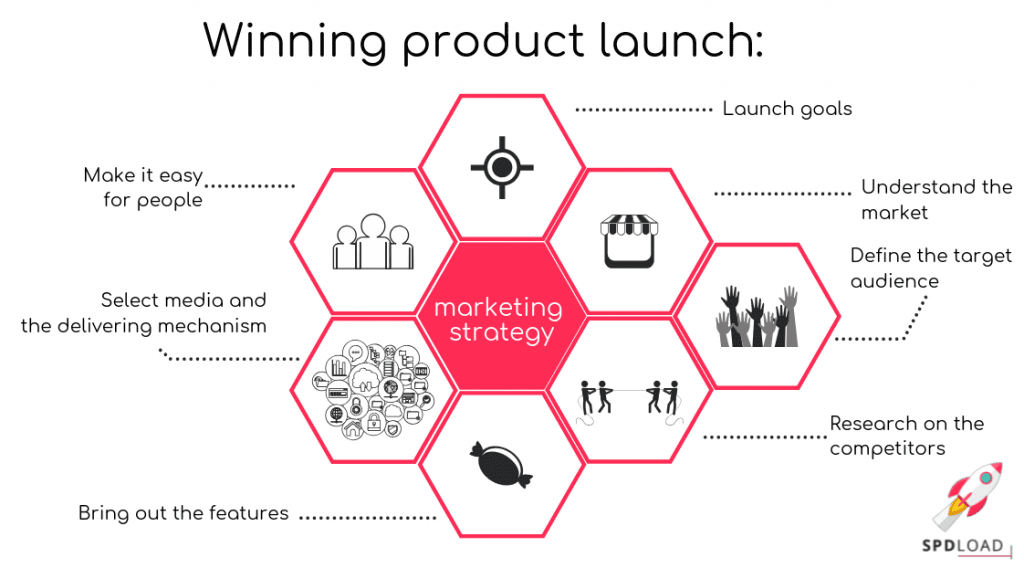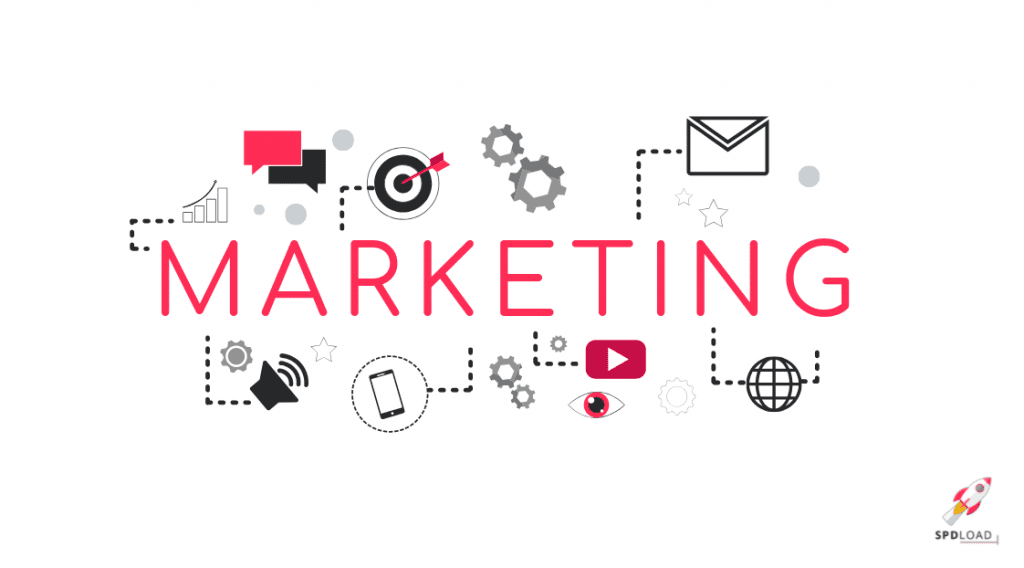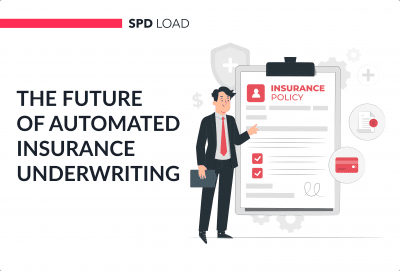Marketing Strategy For New Product (8 Strategies for 2025)
- Updated: Nov 13, 2024
- 7 min
Launching a new product is an exciting but often complicated journey.
Everyone dreams of instant success, but reality often presents many challenges between having a great idea and turning it into a profitable venture.
Thorough research, careful planning, and effective marketing strategies are essential to avoid potential pitfalls.
Your goal is to quickly capture customer attention, spark curiosity about your new product, and convince people to buy it.
A successful product launch plan ensures that customers get the product they want at the right price and time. It addresses real needs and offers something people are willing to pay for.
Ready to learn how to craft a winning marketing strategy?
This comprehensive article covers everything you need to know, from customer acquisition and in-depth market research to search engine optimization and other essential product marketing tips.
Using a CAC calculator can help you make informed decisions on acquisition strategies.
8 Tips for a Successful Product Marketing Strategy
Launch your startup globally with our clear marketing plan that brings real results.
Set Your Launch Goals
Begin by defining clear and measurable goals for your product launch.
Determine whether your primary objective is to build brand awareness, drive immediate sales, or gather customer feedback.
For example, if your goal is awareness, you might focus on generating buzz through social media campaigns and PR efforts. If sales are your priority, you might offer special launch discounts or limited-time offers.
Setting key performance indicators (KPIs) is crucial for tracking progress and making necessary adjustments.
This CPM calculator is great for determining the true value of your ad campaigns.
Ask yourself, “What specific outcomes do I want to achieve?” and “How will I measure success?” This clarity will guide your efforts and keep your team aligned.
Conduct Market Research
A thorough target market analysis is essential to understand your industry landscape.
Identify key players, market size, growth potential, and demand trends.
Analyze your potential customers’ demographics (age, gender, income level) and psychographics (lifestyle, values, interests).
For instance, if you’re launching a new fitness app, research might reveal a growing trend among millennials seeking at-home workout solutions.
This insight can help tailor your product features and marketing messages to resonate with this audience.
Thinking of creating a fitness app? Here’s a complete guide on how to make a fitness app that stands out. Explore these ideas for fitness apps and start building.
Define Your Target Audience
Knowing your target audience is foundational to effective marketing.
Identify who will buy your product or use your services by creating detailed buyer personas.
These personas should include demographic information, behavioral patterns, motivations, and pain points.
Ask questions like, “Who are my ideal customers?” and “What problems are they trying to solve?”
By understanding their needs and preferences, you can develop a product and marketing strategy that directly addresses their concerns.
For example, if your target audience is busy professionals, emphasize the time-saving benefits of your product.
Research Your Competitors
Analyzing your competitors helps you identify gaps in the market and potential areas for differentiation.
Look at their products, pricing, marketing strategies, and customer feedback. Determine what they do well and where they fall short.
For example, if you’re launching a new coffee brand, study successful competitors like Starbucks and smaller artisanal brands.
Identify what unique value your product offers, such as superior taste, organic ingredients, or a commitment to sustainability, and use these points to position your product compellingly.
Want to stand out in a crowded market? Check out this guide on developing a brand strategy for startups.
Highlight Product Features and Benefits
Translate the features of your product into clear benefits for your future or existing customers.
Focus on how your product or service solves their problems or improves their lives. Develop a strong value proposition that communicates why your product is the best choice.
For instance, if you’re launching a new skincare line, instead of just listing ingredients, highlight the benefits such as “reduces fine lines and wrinkles,” “improves skin elasticity,” and “free from harmful chemicals.” Use customer testimonials and case studies to build credibility.
Select a Social Media Marketing Mechanism
Choose the right marketing channels to reach your target customers effectively.
Your product marketing campaign can include email marketing, blogs, SEO, social media platforms like Facebook, Instagram, and Twitter, or mobile marketing.
Learn how to craft effective email marketing strategies for startups to boost engagement.
Decide on the format of your content, whether it’s text, video, or audio.
Create a pre-launch campaign with a “coming soon” page where interested customers can sign up for updates.
Make It Easy for People to Learn More About Your Product
Provide potential customers with ample opportunities to learn about your product through free trials, downloadable resources, product videos, and interactive demos.
Engage your audience by involving them in the creation process, such as voting on product features or design elements.
Create a QR Code to deliver your product’s website or app link, tutorial videos, or an introductory offer.
Stay Organized with a Marketing Strategy Calendar
Keep your marketing activities organized with a detailed calendar.
This should include timelines for market research, content creation, social media posts, email campaigns, and any promotional events.
A well-structured calendar ensures that you stay on track and that all team members are aware of their responsibilities and deadlines.
For example, if you’re planning a multi-channel marketing campaign, your calendar might outline specific dates for blog posts, social media updates, email newsletters, and influencer collaborations.
See how influencer marketing for startups can work for you.
For a quick win in your marketing efforts, explore these 7 easy and effective email template strategies to generate more leads.
This coordination helps maintain a consistent and cohesive marketing effort, leading to a more successful product launch. 
Following these steps will likely result in more customers, increased revenues, and possibly bigger future launches.
Stay organized with a marketing strategy calendar containing each of these activities.
However, it’s not always easy, so we decided to present the most typical reasons for new product failure.
Find the best TypeScript developers for your project.
10 Ways Your Product Launch Could Fail
Launching a new product is a complex endeavor, and many factors can lead to failure. Here are some common reasons why product launches fail and how to avoid them:
Inadequate Idea from Management
Often, product ideas come from top management, who may have unlimited authority within the organization.
When leaders are convinced they understand the market without heeding negative feedback or potential problems, they risk pushing a product that doesn’t align with market needs. A product development team might hesitate to voice concerns, leading to blind spots.
The Product Doesn’t Meet Consumer Needs
Technical teams may focus too much on technological advancements rather than customer needs.
This results in a product that, while innovative, fails to address the pain points of its intended users.
Lack of Preliminary Market Research
Entering the market without proper research or conducting it inadequately leads to misguided decisions.
Skipping this step can result in a poor understanding of the market, consumer preferences, and competitive landscape.
The detachment of C-level managers from the process
The unwillingness or inability of the manager to direct and control the process of all product creation activities can lead to the fact that the goals and directions of work become vague and incomprehensible for employees.
The process of product development and its implementation depends very much on the ambitions of individual employees, which can be aimed at achieving personal goals and at variance with the goals of the organization.
This could have been easily handled as a part of the annual planning to create a high-level development roadmap that’s aligned with the organization’s strategic goals.
Expectations of instant effect
from the introduction of a new product.
Some companies, having created a new product, expect immediate effects from bringing it to the market (big profits), and without getting a quick return, they refuse this product, believing that the product is unsuccessful.
Usually (especially with regard to technical novelties), it takes some time for the new product to “catch on” in the market.
Overpromotion
If it takes time for your product to become popular, couldn’t you simply do more advertising to spread the word about your launch?
Not exactly.
There is nothing wrong with having a comprehensive marketing strategy that includes SM campaigns, link building, or paid advertising.
Yet, when you try too hard, the effect might not be as expected.
Instead of getting more potential clients, you might get banned and marked as a spammer for both the algorithm and the audience.
This often happens when mass email marketing campaigns are launched without proper email-sending practices or simply by skipping the audience research step mentioned earlier altogether, for example. If you decide to send mass email campaigns, make sure to use a reliable email checker to verify email addresses before sending them.
In this case, focusing on quality rather than quantity is your best bet.
Lack of control
over all stages of the production and promotion process of a new product.
When several organizations are involved in the creation and implementation of a new product, the main producer cannot always control all the stages of this process.
This is especially typical for small companies that use the services of contractors participating in various stages of product manufacturing and development.
Wrong Pricing Strategy
Setting prices too high or too low can deter customers. High prices may make the product inaccessible, while low prices can devalue it.
Poor Quality Control
Even a great product idea can’t succeed without consistent quality. Neglecting quality assurance can lead to customer dissatisfaction and negative reviews.
Launching at the Wrong Time
Timing is critical. Launching too early can mean the market isn’t ready while launching too late can mean missing the market’s peak interest. 
Ready to Develop an App?
Bringing something new to the market takes thoughtful planning, positioning, and promotion.
Do your homework upfront, execute a smart launch campaign, and you stand a good chance of connecting with consumers.
Pulling all this off takes considerable expertise and effort.
If strategizing and managing a high-impact launch sounds daunting, don’t go it alone.
A development and marketing partner like SPDLoad can help lighten the load.
Our proven new product launch framework prevents mistakes, unlocks growth opportunities, and sets you up to beat the odds.
Contact us to learn how we can help you build your go-to-market strategy and scale your product.
Looking for marketing support? Discover the key steps to outsourcing digital marketing effectively.












